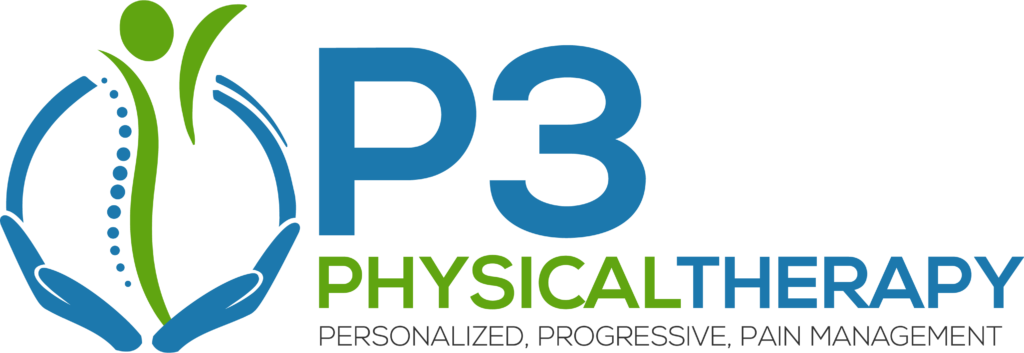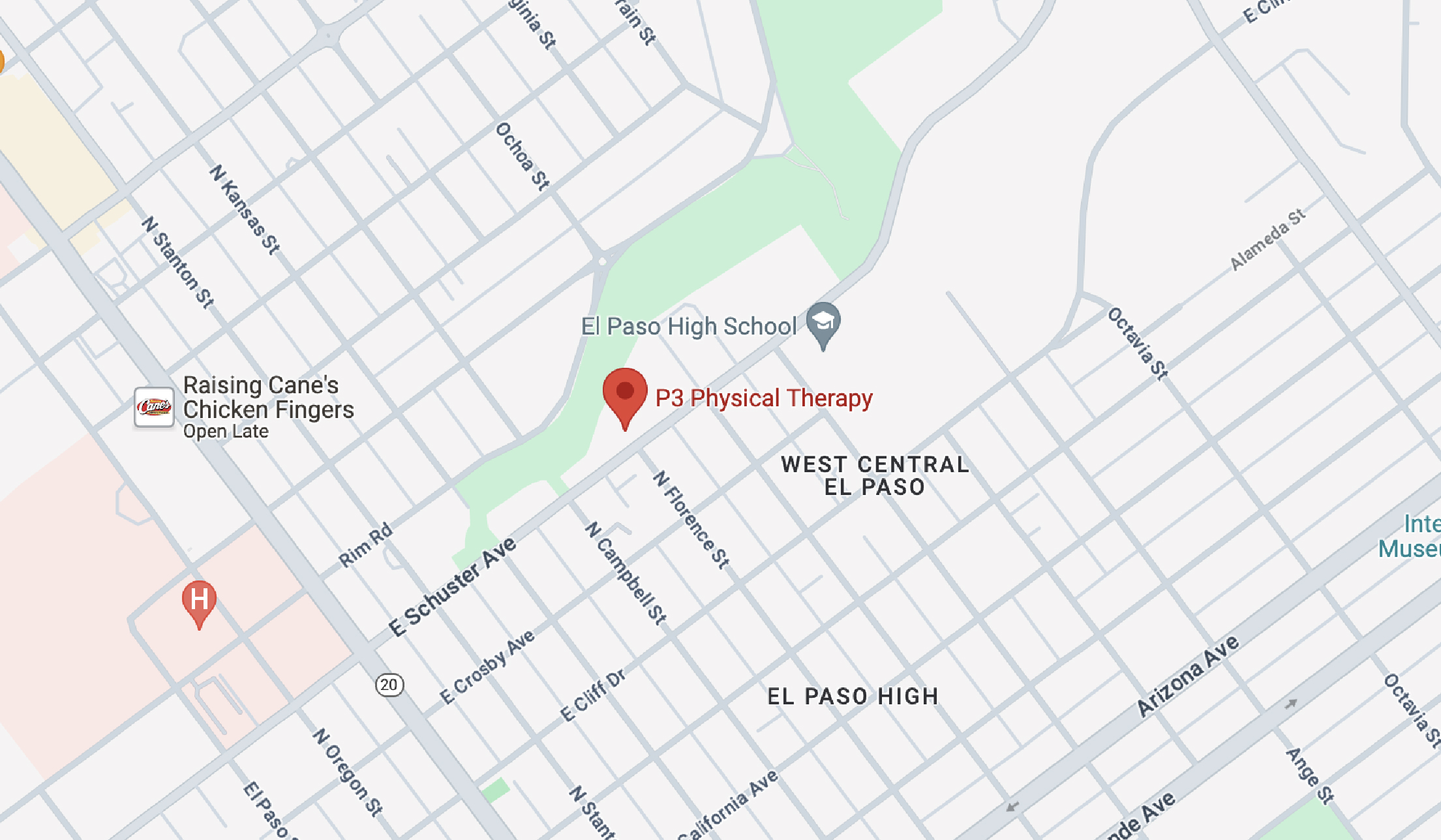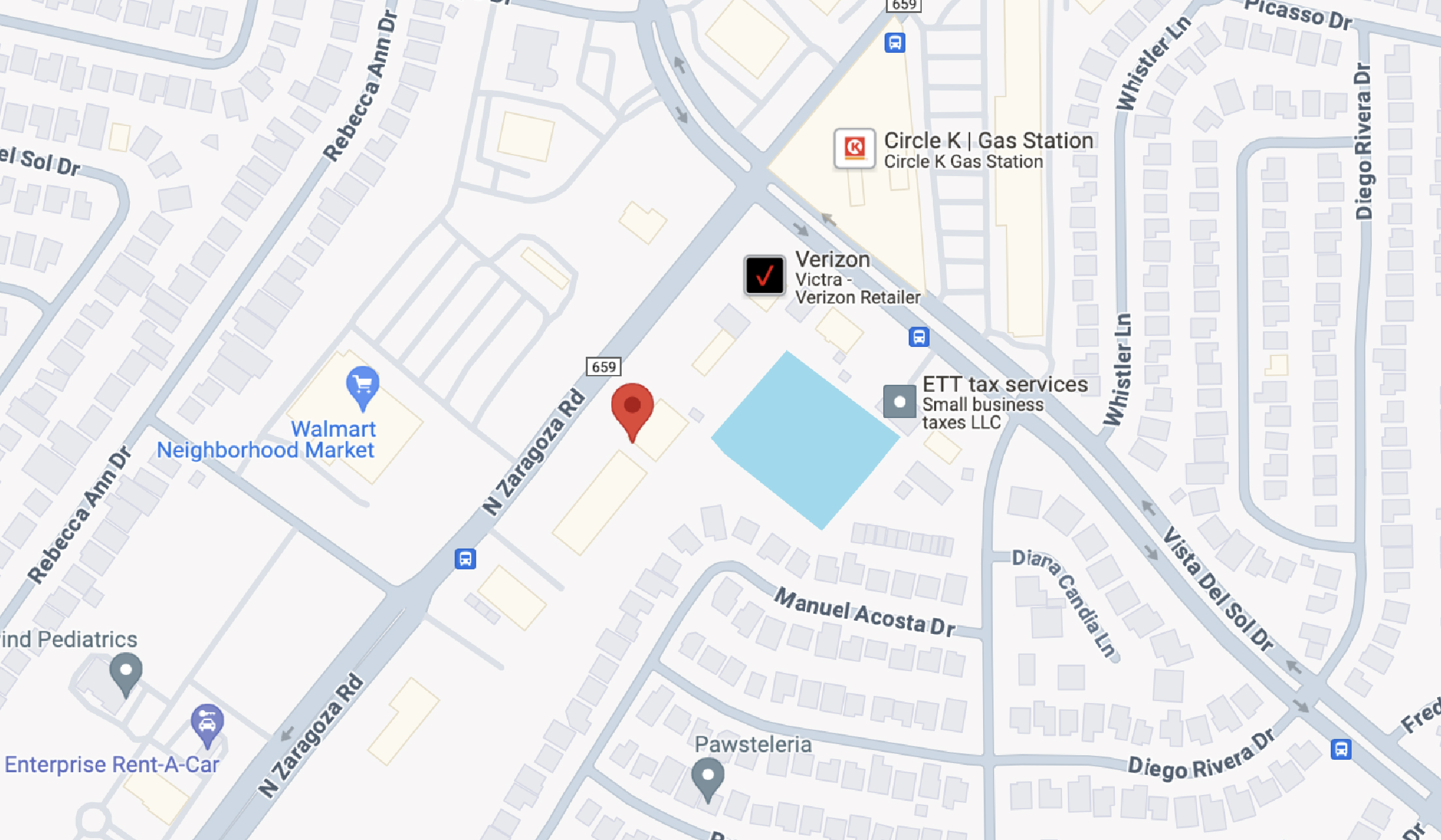People fear the unknown. This is especially true about people who are going into surgery for the first time. Not knowing what to expect creates anxiety! Perhaps their fear of the words, “hospital”, “anesthesia”, and “physical therapy”. The thing about physical therapy that people don’t like is the pain that goes along with. They might rather pop pills to alleviate the pain of going through surgery instead of stepping foot into the physical therapist office for their own good. They should go there because PT is essential for your recovery after surgery.
Things to Remember about the Importance of PT
Quick Recovery:
You need PT in order to end up recovering fully after surgery or so you can get back to normal. This is because physical therapy aids your healing. It’s vital to the healing process. You need to do strengthening and stretching exercises in order to help you regain range of motion, control, and balance. This is especially true if your injury that required surgery involves one of your limbs, thus immobilizing you for weeks. The PT helps make the area where the surgery was performed to recover faster.
Daily Monitoring of Progress:
The physical therapist also does your PT for the sake of regularly viewing the healing progress of the area up close and personal. This trained medical professional is responsible for making sure you’re regaining proper use of your legs or arms or hands or feet or fingers and so forth. This daily stretching routine also helps them see problems with a wound or incision almost immediately, resulting in them getting addressed before they become severe.
Strengthen Muscles and Compensatory Strategies:
PT exercises, like regular exercises, are needed in order to strengthen your muscles. Avoid hypotrophy, wherein not using your muscles results in them getting thinner and smaller. You’re also taught short-term techniques that enable you to reuse a joint or limb as needed. Furthermore, PT can address pain without you using drugs. It’s all through the use of ice, heat, electrical stimulation, or massage.
Range of Motion and Balance:
Your balance and range of motion matter! PT specifically exists in order to make it easier for post-surgery patients to deal with their aftercare. Physical Therapy enables quicker recovery. You’ll be able to obtain your range of motion. PT strengthens the area of your body that’s been repaired surgically, allowing you to rehab it and get back its former abilities when push comes to shove. They assist in helping you regain your range of motion or balance so that you can do things like relearn how to walk or how to walk on a titanium joint after a knee surgery and the like.
References:
https://www.webmd.com/osteoarthritis/rehab-important


